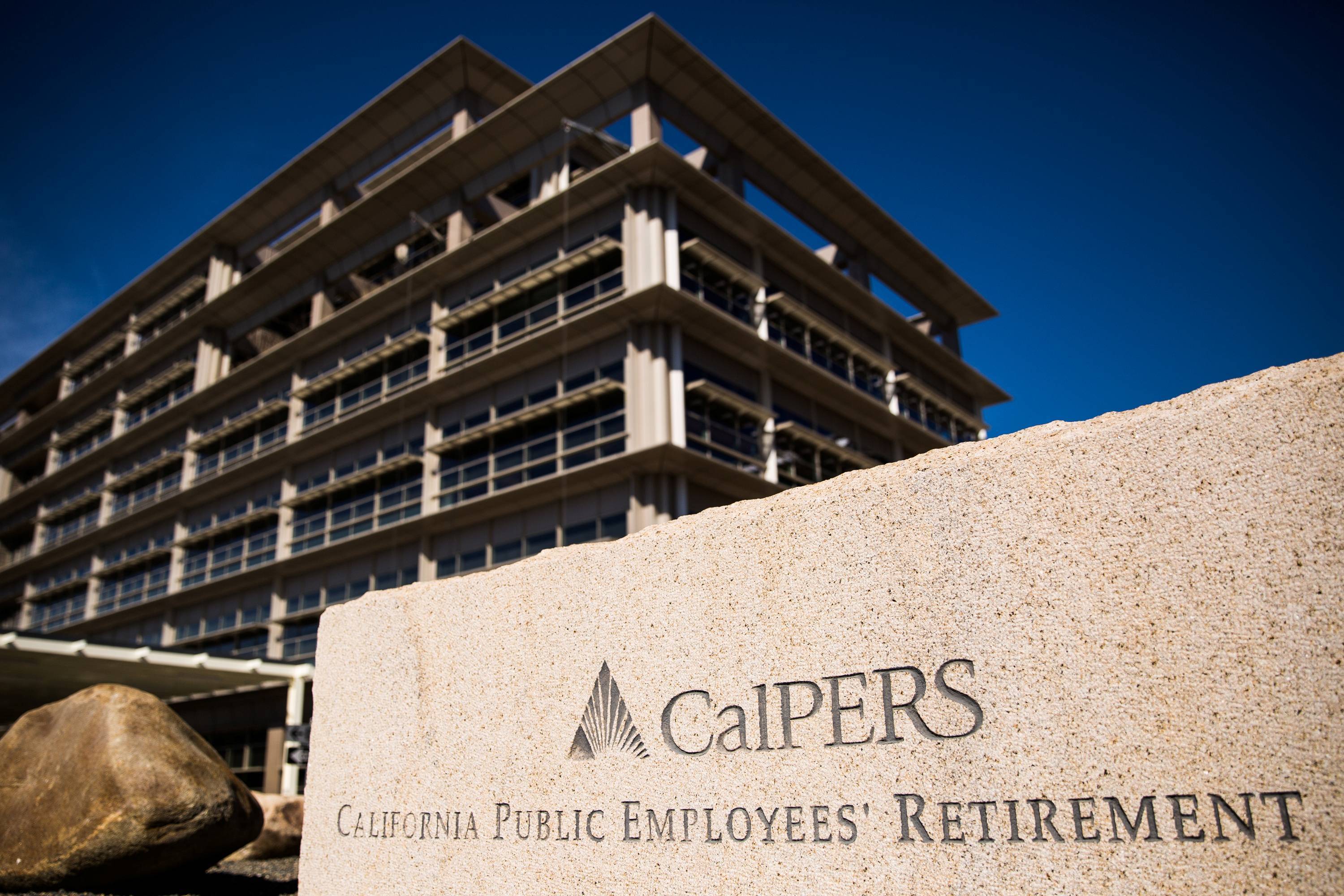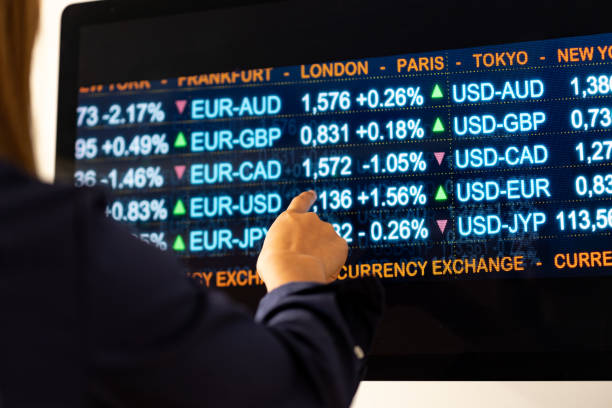CalPERS to double climate investments, consider asset sales

A view of California Public Employees' Retirement System (CalPERS) headquarters in Sacramento, California, U.S. February 14, 2017. REUTERS/Max Whittaker/File Photo Acquire Licensing Rights
Nov 3 (Reuters) - California's top public pension fund on Friday said it will more than double its climate-focused investments to $100 billion by 2030 and consider selling stocks in companies with poor plans for the energy transition.
Staff for the California Public Employees' Retirement System (CalPERS) said the plan will boost returns for the $444 billion system, the largest in the U.S., plus cut in half its portfolio's "emissions intensity," a measure of emissions relative to output.
"We believe there's a full opportunity set coming about from the transition to a lower-carbon economy," said Peter Cashion, CalPERS head of sustainable investing, in a call with reporters on Thursday.
The moves represent a big bet on new technologies and that businesses and regulators will embrace steps to limit global temperature increases as CalPERS allocates retirement assets in the heavily Democratic state.
Green energy investing faces much debate during a recent wave of oil-and-gas mergers and big writedowns for windfarm projects. But U.S. solar market values have hit record highs while gas prices have soared, supporting the business case for new infrastructure.
Cashion said the new investments will be spread among companies that do things like mitigate emissions or make infrastructure more resilient to climate change, selected across different asset classes.
New laws in California require more corporate climate disclosures. Additional proposed legislation would require state funds to sell fossil fuel stocks, following systems in other states such as Maine.
CalPERS has opposed the idea, saying it would do little to limit emissions and could compromise returns. Cashion called it "a very inelegant solution."
But he said CalPERS will develop a process to evaluate whether a company is prepared for stronger climate regulations or shifts in consumer demand. It will consider factors such as whether a company has plans validated by the Science Based Targets initiative, backed by the United Nations and business and environmental groups.
For laggards, he said, "we believe that an underweight or some tactical change would be appropriate."
Reporting by Ross Kerber; Editing by David Gregorio
Our Standards: The Thomson Reuters Trust Principles.
How do futures traders review their trading?
Futures trading is a form of financial speculation that involves buying and selling contracts that represent the future delivery of an asset, such as a commodity, a currency, an index, or a stock. Futures traders aim to profit from the price movements of the underlying asset, without actually owning
Futures night trading hours
Futures are contracts that obligate the buyer or seller to exchange an asset or commodity at a specified future date and price. They are used for hedging, speculation, and arbitrage purposes in the global market. Futures can be based on various underlying assets, such as currencies, commodities, ind
How can futures efficiently increase the success rate of intraday trading?
Intraday trading is a form of trading that involves buying and selling securities within the same trading day, without holding any positions overnight. Intraday traders aim to profit from the short-term price fluctuations of the market, using various tools and strategies to analyze and execute trade
What are the factors that can affect how much money can be made in futures?
Futures trading is a form of financial speculation that involves buying and selling contracts that represent the future delivery of an asset, such as a commodity, a currency, an index, or a stock. Futures traders aim to profit from the price movements of the underlying asset, without actually owning








